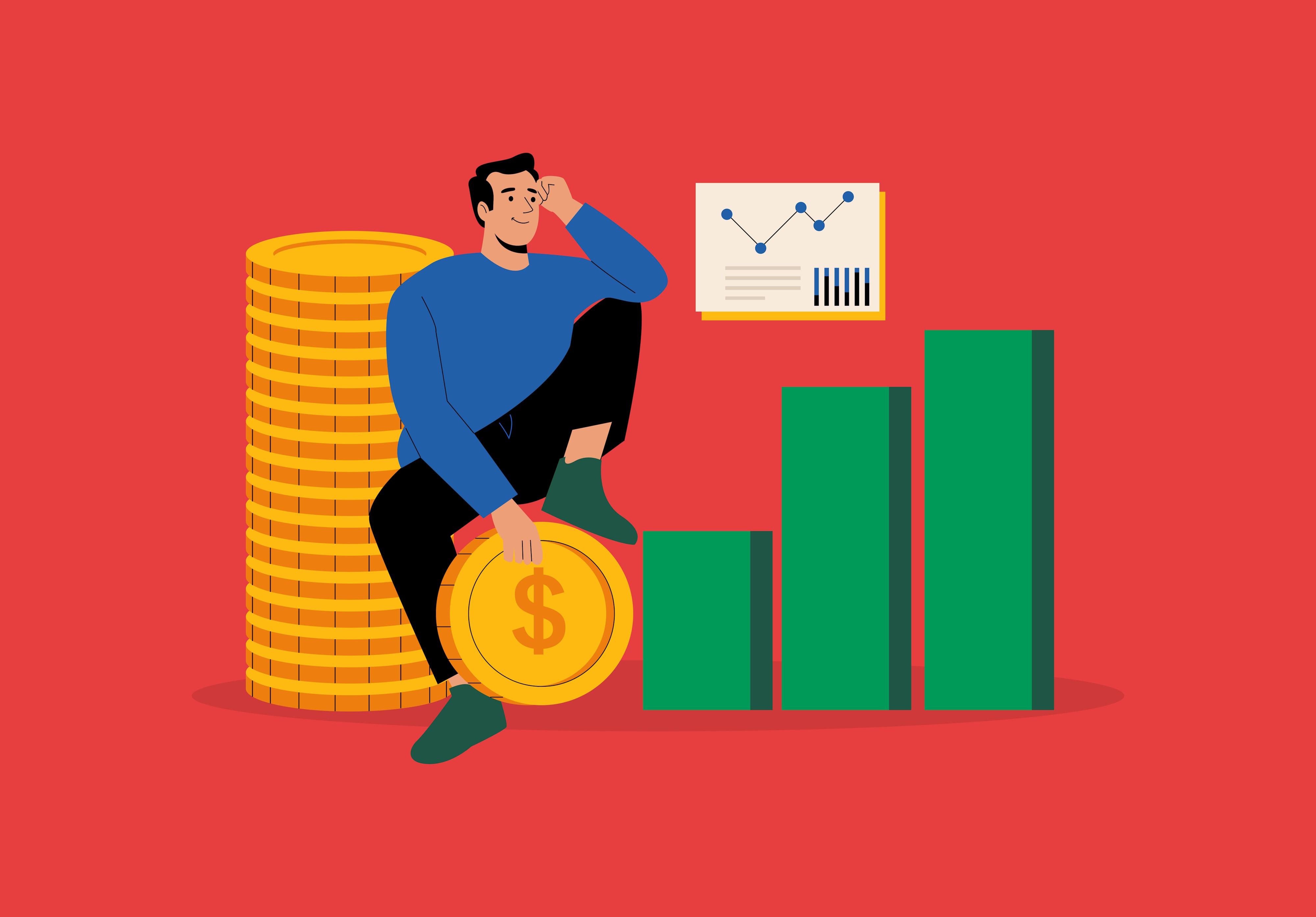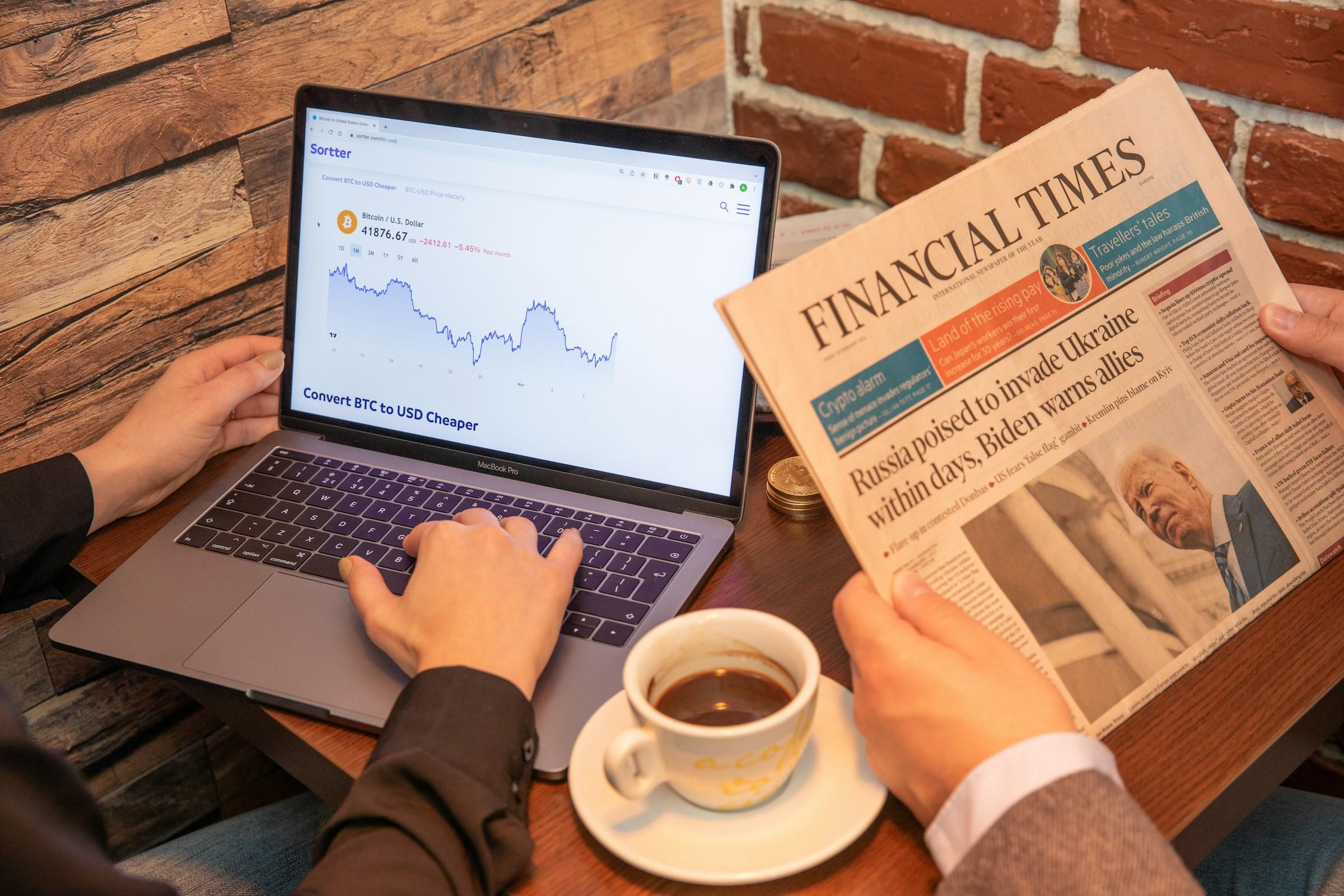Fear of missing out is a modern financial force that rarely announces itself. It arrives as a buzz in the mind, a pulse of urgency in the fingers, and a sudden belief that the window for a good decision is closing right now. It does not look like a plan. It looks like a notification, a green candle, a friend’s triumphant post, a product page that says only a few units remain. In that brief and hot moment, money that was meant for calm goals becomes fuel for a sprint. The market did not change your character. The feeling changed the way your brain weighs risk, reward, and time. Understanding this feeling is not about becoming cynical or unplugging from the world. It is about seeing the mechanisms that turn curiosity into pressure, so that you can participate in markets with attention and dignity rather than with panic.
The most obvious distortion created by fear of missing out is the collapse of time. Long term intentions are steady and quiet. They speak in years and in compounding, which is another way of saying they ask you to be patient with a process that is not always exciting. The feeling of missing out speaks in minutes. It pushes you to swap measured analysis for immediate movement. Digital platforms intensify this shift by foregrounding top gainers, trending lists, and sharp intraday moves. When the screen is designed to spotlight what has moved today, the mind drifts toward believing that what is moving today deserves capital today. A boring, diversified fund that looked wise on Sunday evening can look weak on Tuesday morning when a volatile asset surges across a small window of time. The horizon has not actually changed. Your attention has been compressed. Building even a small buffer between discovery and action, for example by requiring yourself to observe an idea for a set period before buying, restores a sense of scale that markets tend to erode.
The social layer is more subtle and possibly more powerful. Money has always touched status, but the internet braided the two so tightly that they can feel indistinguishable. Screenshots of large wins are cheap to produce and easy to share. Screenshots of patience and restraint rarely travel. The result is a skewed gallery where you see an outsized number of successes and very few of the painful lessons that built those successes. Your brain learns from what it sees most often, so it overestimates the frequency of big wins and underestimates the work and the losses that bracket them. This distortion makes ordinary returns feel like failure and nudges you toward trades that promise to erase a feeling rather than serve a plan. The platforms are not lying, but they are curating, and the curation privileges spectacle. The most useful posture in these spaces is not envy or blind copying but inquiry. Ask for time frames, entry points, and exit criteria. Notice who can answer clearly and who cannot. The investors who compound over time usually have language for their process. Mimicking their clarity is more valuable than mimicking any single pick.
Scarcity cues form another pipeline that channels curiosity into urgency. First drop, allow list, presale, only a limited number of slots. These phrases activate an old belief that rarity equals value and that speed equals opportunity. Sometimes that belief is warranted. An offering with genuinely constrained supply can reward fast action. Many times the scarcity is a frame, not a fact. Plenty of financial products rely on urgency because urgency increases conversion, not because the product’s underlying utility will vanish if you wait. A practical way to test the frame is to ask which variables change if you pause for two days. Price can move in two days, and sometimes that risk matters. Utility, however, seldom disappears within two days. If pausing converts an impulse into a planned size with a written thesis, the pause was a bargain.
Rushing carries its own taxes, and the markets collect them with precision. When you move under pressure, you accept worse spreads, skip limit orders, forget slippage, and pay higher transaction costs during crowded moments. You also give your attention to interfaces calibrated to capitalize on your arousal. Bright buy buttons and confetti are not conspiracies. They are design choices that convert better when you are excited. Slowing down has a reputation as a killjoy strategy. In practice it is an anti tax strategy. It is the difference between accepting the street price at the busiest hour and placing a patient order when the crowd has moved on.
Reference points are the quiet levers of satisfaction, and fear of missing out resets them constantly. In a calm state, a six percent annual return compounded for many years looks like a meaningful path to security. Under the influence of a highlight reel, six percent looks like underperformance, because your new reference is a stranger’s triple digit screenshot. The human mind evaluates outcomes relative to reference points more than in absolute terms. If your reference point is a curated feed, your decisions will drift away from your actual needs. The antidote is to select personal benchmarks that connect to your life rather than to someone else’s victory lap. Measure the contribution rate you can sustain, the percent of your plan that is already funded, or the amount of passive income your portfolio needs to cover a non negotiable bill in a defined number of years. When the yardstick belongs to you, the feed loses leverage over your choices.
Loss aversion, another powerful bias, enters through a side door. People tend to feel losses more painfully than they feel equivalent gains. Fear of missing out flips the sign on that feeling. Sitting on the sidelines during a rally begins to feel like a loss, even though your balance has not moved. The desire to relieve that phantom loss is strong, and it often leads to buying after a run that has already stretched far beyond a sensible price. People call this chasing the top, but the psychology is more specific. It is not greed. It is an attempt to cancel anticipated regret. Naming the feeling accurately in the moment gives you the chance to route it into a rule that protects you, such as buying in tranches or waiting for a pullback within a predetermined range. The goal is not to outguess the market. The goal is to prevent a temporary emotion from dictating a permanent record.
Herd behavior receives plenty of criticism, but it exists for a reason. If many participants are moving, perhaps they see information that you have not processed. Price aggregates many viewpoints, and following price can be a rational shortcut. The trouble begins when fear of missing out compresses your decision window so tightly that the shortcut becomes the entire process. You stop asking what the crowd knows, and you start trusting the crowd to carry you. That is when people enter assets they do not understand at prices they cannot justify. A healthier posture treats crowd movement as an alert, not an order. Let the wave tell you where to look. Let your rules decide what to do.
Leverage thrives in the same emotional weather. In calm conditions, margin and options can be tools with clear probabilities and known risks. Under pressure, they feel like accelerators that make up for lost time. The language shifts from prudent sizing to deserved amplification. This is how impatience becomes a blowup. Leverage is neither evil nor glamorous. It is simply unforgiving. If you would not be comfortable holding a position for months without refreshing your phone, adding leverage to that position is a fragile plan. If a fifty percent drawdown would force you to abandon your thesis, then writing options because someone on a thread said the premium is attractive is not a strategy. The market will not forgive a mismatch between your tolerance and your tools.
The same dynamics appear in consumption. Buy now pay later functions as a spending version of fear of missing out. Drops are scarce, installments are marketed as free, and social proof arrives through creators who turn shopping into content. Purchases are rationalized as investments in identity or in future productivity. Sometimes that story is honest. Often it is a payment plan for a feeling that fades. The solution does not require asceticism. It requires friction. Delay the purchase long enough to take one sleep cycle. Park the item in a wishlist and ask what happens to your cash flow if you accept several similar commitments at once. If the answer creates anxiety, the problem is not your willpower. The problem is that the product is designed to bypass deliberation.
What does a practical response look like if you want to keep learning, keep exploring, and still protect the engine that powers your life. It begins with clear segmentation. Name the core of your portfolio and name the part reserved for exploration. Let the core carry broad exposure and stable yield that you can hold through difficult seasons without rewriting your personality. Let the explore bucket be the place where you test theses and express convictions. Fix the ratio in advance. If the core must never fall below a set percentage of investable assets, then even a heavy dose of fear of missing out cannot pull the entire plan off course. Write rules for the explore side that force clarity at the front door, such as a brief thesis with entry and exit conditions. The act of writing slows the mind just enough to make room for judgment.
Position sizing is the next guardrail. Decide on a maximum percentage of your portfolio that any single exploratory idea can occupy. Choose a number that lets you be wrong without feeling ashamed of yourself. Early in a journey, two percent might be appropriate. For a larger or more experienced account, five percent might be acceptable. The crucial point is that the number exists before the storm. Improvisation is the element that fear of missing out exploits. Precommitment removes the wiggle room that panic requires.
Time discipline helps in the same way. Create a minimum waiting period between encountering an idea and deploying capital. For small ideas, a few hours may be enough. For larger positions, a day or more is reasonable. For complex items that require reading a prospectus or a whitepaper, a full week is not excessive. If that pause feels intolerable, that discomfort is a signal that the emotion is running the show. You will not miss every opportunity in the pause. You will filter out the opportunities that rely on impulsivity to look attractive.
Automation is an ally that asks for no attention once it is set. Recurring purchases into your core proceed in all seasons and remove decision points that would otherwise be hijacked by mood. If you must adjust, do so gradually and with a reason that you can explain to someone who cares about your long term well being. The quiet strength of automation is not only in dollar cost averaging. It is in the way it starves noise of oxygen.
Measurement brings the entire process back to reality. Track indicators that tie directly to your life, such as savings rate, net worth trajectory, and percentage of your goals funded on schedule. Reduce exposure to metrics designed to spike arousal, such as lists of extreme movers, unless your job requires it. You are not a day trader simply because the tools for day trading are accessible. Treat your attention like capital and allocate it where it can compound.
Social spaces can become classrooms if you choose to enter them with a specific stance. Ask participants to specify their time horizon and their plan for exiting. Pay attention to who welcomes questions and who becomes defensive. The first group tends to be the kind of investor who survives, because they have processed their own uncertainty. Give them your attention rather than scattering it across the loudest voices. If a narrative cannot withstand basic interrogation, it cannot withstand the reality of holding through a cycle.
None of this requires you to reject excitement. There will always be rockets that you miss. Missing them is not a moral failure. It is the fair price of protecting your plan from becoming a slot machine. Curiosity, enthusiasm, and a desire to be part of a living market are good instincts. The challenge is to keep those instincts from dictating your schedule. Before any purchase, try a small thought experiment. Picture your future self six months from now, living a normal week with normal stresses, looking back at the position you are about to take. If that person would say the thesis still makes sense without any social validation, proceed in measured steps and record the thinking that led you there. If that person would shrug or cringe, add the idea to a watchlist and walk. Many bright ideas lose their glow under quiet light.
Fear of missing out influences financial decisions by accelerating them, by shrinking horizons, by swapping personal benchmarks for someone else’s highlights, and by taxing urgency at the very moment it feels like you are winning. It is powerful because it resides in healthy human drives. We want to belong. We want to discover. We want to grow. The task is not to mute those drives. The task is to build a money system that honors them without letting them set the clock. Separate your core from your explore, fix your sizes, slow the cadence, automate the boring parts that matter, measure the numbers that serve your actual life, and keep asking better questions in noisy rooms. If you do that consistently, the market becomes a place where you can be curious without being captured. The smartest flex is not catching every spike. It is waking up calm because your money is compounding on purpose.




.jpg&w=3840&q=75)


-1.jpg&w=3840&q=75)
-3.jpg&w=3840&q=75)



.jpg&w=3840&q=75)
.jpg&w=3840&q=75)
